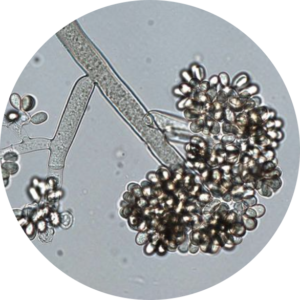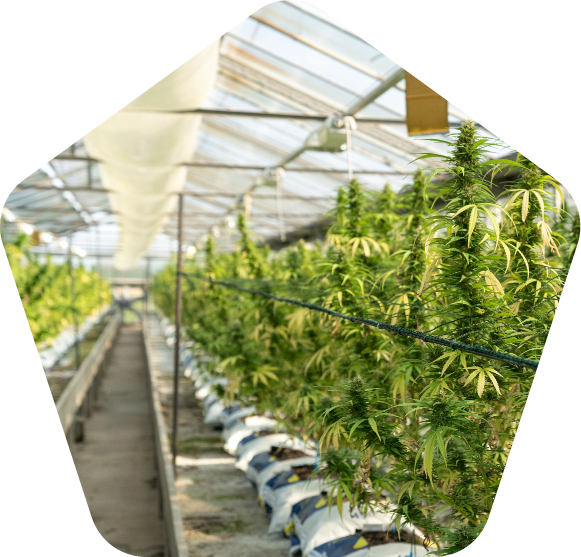- Pathogens
IN OUR LAB
Pathogen Testing Analysis
Viruses and Viroids
Fungus and Pseudofungi
IN OUR LABMulti-Panel Testing
Virus and Fungus
IN YOUR FACILITYMFDiagnostics™
Viruses and Viroids
- Fingerprinting
- Knowledge Base
- About Us
- MyFloraCLOUD
Better known as ‘gray mold‘ or ‘bud rot‘.
At MyFloraDNA, we test for Botrytis cinerea. Botrytis cinerea is a type of systemic fungal pathogen that can trigger significant crop loss and severely economically impact a Cannabis farm. Spores can infect a healthy plant and lay dormant before triggering symptoms, making Botrytis cinerea a particularly dangerous pathogen for both flower cultivators and nurseries alike.


Idyllic scenarios


In many locations, Botrytis cinerea spores are prevalent in the air, and only need to find the right conditions before they infect a plant. The main cause of Botrytis cinerea infections for Cannabis cultivators is high humidity. When ambient humidity gets too high on a Cannabis farm, it can condense into dew on the surface of Cannabis buds.
Botrytis cinerea also goes by the names “Bud Rot” or “Gray Mold,” both derived from the symptoms it causes in otherwise healthy Cannabis plants.



Unfortunately, once Botrytis cinerea infects a Cannabis plant, there is no treatment to cure it. Pruning away infected areas of the plant isn’t a viable solution, since the disease is systemic. Even harvesting plants early won’t defeat the disease, since it can continue affecting buds into the curing and drying process. That makes prevention the only solution to a Botrytis outbreak.
Maintaining proper environmental conditions is critical. Increasing airflow through and beneath the canopy can also help prevent Botrytis cinerea infections. After identifying a diseased plant, you should cull it from your garden to prevent the outbreak from spreading.
